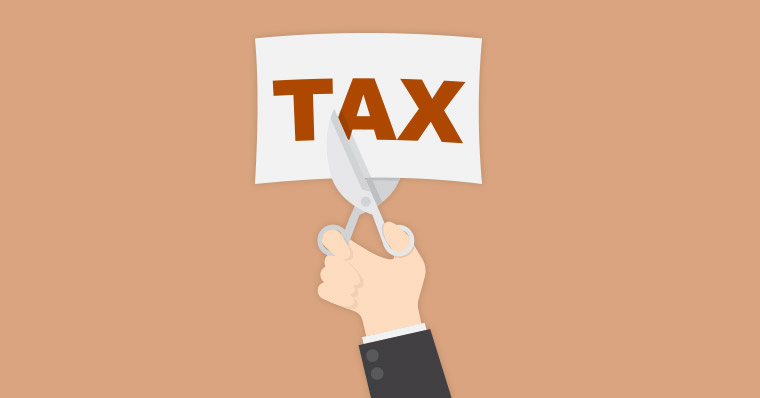
1. Higher Personal Allowance threshold
The Personal Allowance threshold has increased from £11,850 to £12,500. You won’t pay tax on anything you earn below the amount. This will save a typical basic-rate taxpayer around £130 this year and a higher-rate taxpayer up to £860.
Your Personal Allowance may be bigger if you claim Marriage Allowance, or smaller if your income is over £100,000. Here’s a breakdown of what it will be based on your earnings:
|
Earnings |
Personal Allowance |
|
Under £100, 000 |
£12,500 |
|
£100,000 to£125,000 |
Decreases from £12,500 by £1 for every £2 you earn above £100,000, until it reaches £0 |
|
Over £125,000 |
£0 |
2. You’ll pay less income tax
The basic rate limit has increased to £37,500, and the higher rate threshold has risen to £50,000.
There are three income tax bands: The 20% basic rate, the 40% higher rate and the 45% additional rate. The table below shows the tax rates you pay in each band if you have a standard Personal Allowance of £12,500.
|
Tax band |
Taxable income |
Tax rate |
|
Below your personal allowance |
Up to £12,500 |
0% |
|
Basic rate |
£12,501 to £50,000
|
20% |
|
Higher rate |
£50,001 to £150,000
|
40% |
|
Additional rate |
over £150,000
|
45% |
3. Contributions to National Insurance
The point at which you start paying National Insurance (NI) has risen from £8,424 to £8,632. If you earn above this rate, 12% of your salary will go towards your NI. You’ll pay 2% on earnings that are above £50,000.
|
Annual earnings |
National Insurance rate |
|
Below £8,632 |
0% |
|
£8,632 to £50,000 |
12% |
|
Over £50,000 |
2% |
4. Good news for those with large pension pots
Your pension lifetime allowance has increased with inflation from £1.03 million to £1.055 m. This is the maximum amount of money you can hold in a pension without incurring an extra tax charge. The limit on the amount you can save into a pension tax-free each year remains £40,000.
5. Inheritance Tax drops
The amount you can leave tax-free in your estate will still be £325,000. However, the additional £125,000 allowance when passing your main home to your children will rise to £150,000. This increases the total tax-free allowance from £450,000 to £475,000 per individual (or £950,000 for married couples and civil partners).
6. Zero stamp duty for first-time buyers in shared ownership homes
The stamp duty exemption for first-time buyers that applies to the first £300,000 of properties worth up to £500,000 in England will be extended to shared-ownership properties, backdated to November 22, 2017.
7. Your Capital Gains Tax allowance increases
You are only required to pay Capital Gains Tax on overall gains that are above your tax-free allowance. Your tax-free allowance for 2019/20 is now £12,000 (up from £11,700).
8. Next stage of the phased removal of mortgage interest relief for landlords
In this tax year, landlords will be able to obtain relief of 25% finance costs deduction and 75% given as a basic rate tax deduction. From the 2020 tax year, all financing costs incurred by a landlord will be given as a basic rate tax deduction.
